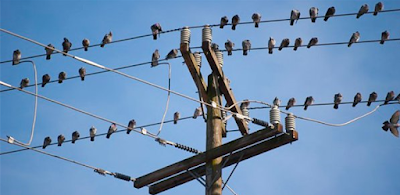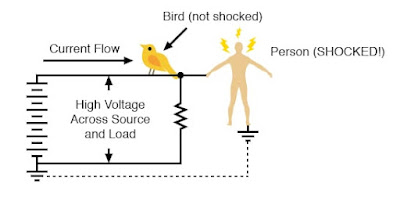
Among the most common difficulties faced by new companies, owners are determining which sort of bank account is ideal for them: current or savings. So, in this article, you will get to know what is the difference between a current and saving account.

It is designed to assist business people, enterprises, firms, and corporations who do several activities with the bank daily. Current accounts don't pay as much interest as savings accounts since they are designed to meet the needs of the principal.
A current account owner is usually given a cheque book so that he may make withdrawals by writing checks. However, they have progressed to the point where they can now accept deposits (including wages), withdrawals, and financial transfers to the holder's other account. Current account holders may add and subtract money whenever they want without any problem.

Savings accounts, on the other hand, are created solely for the goal of "saving" money. Typically, people create this sort of account to store money for unanticipated or unexpected financial needs. As a result, it serves as a safe deposit box for the holder's extra cash. Charges for withdrawals to the account may be applied depending on the institution, however, they are usually small.
In addition, most banks demand that both types of accounts keep an average daily balance or ADB. Current accounts, on the other hand, often demand a greater minimum level to cover probable debts for issuing checks than savings accounts. When the cash balance on both types of accounts falls below the necessary ADB, the bank charges a fixed sum.
Savings account customers are typically given a savings passbook. The passbook records the account's credits and debits, such as deposits and interest generated, as well as withdrawal and taxes paid.
So this is the answer to your question: what is the difference between a current and saving account. The decision to create a current or savings account is solely focused on the requirements of the account user, and which product best suits his interests.
































